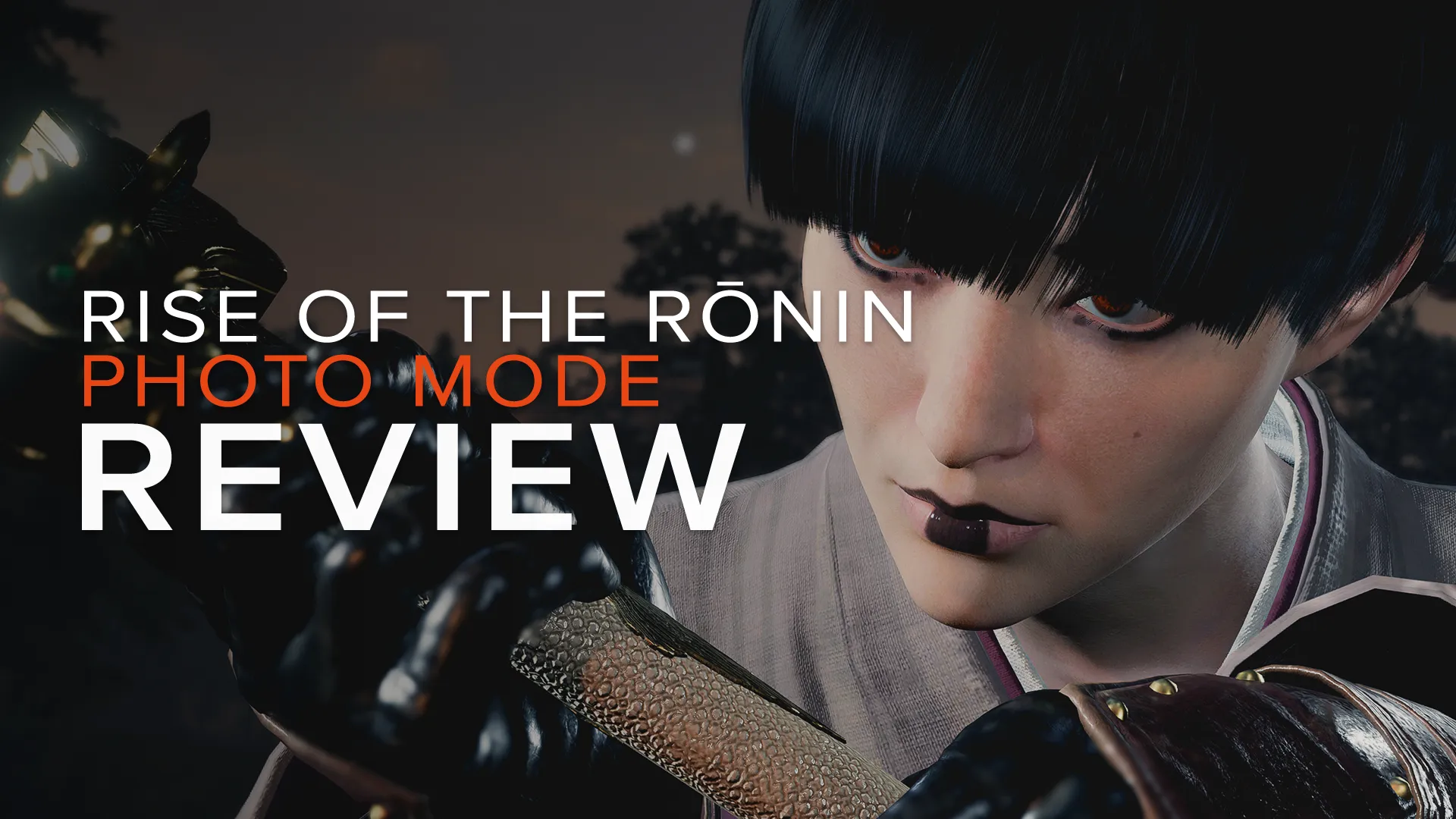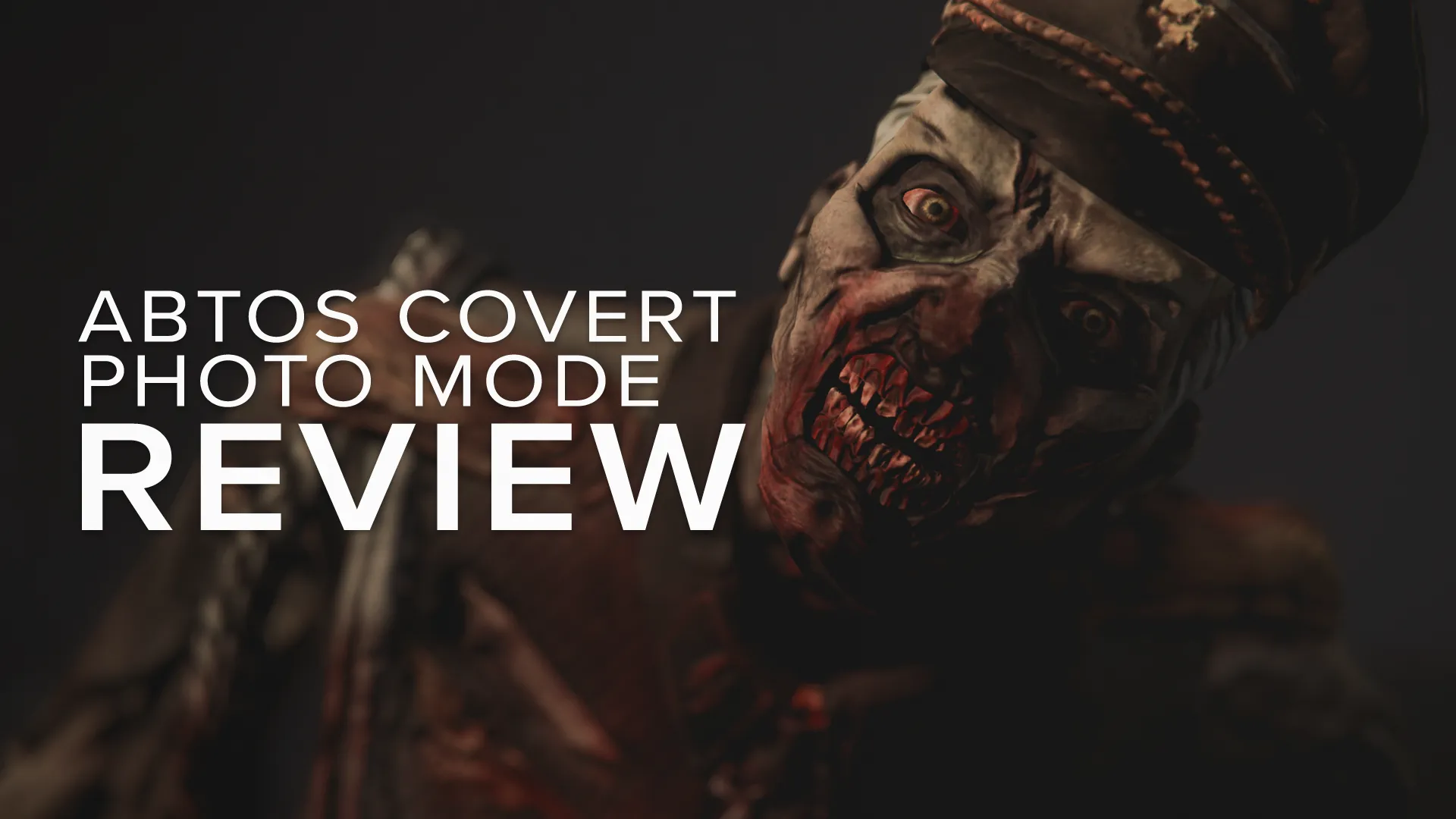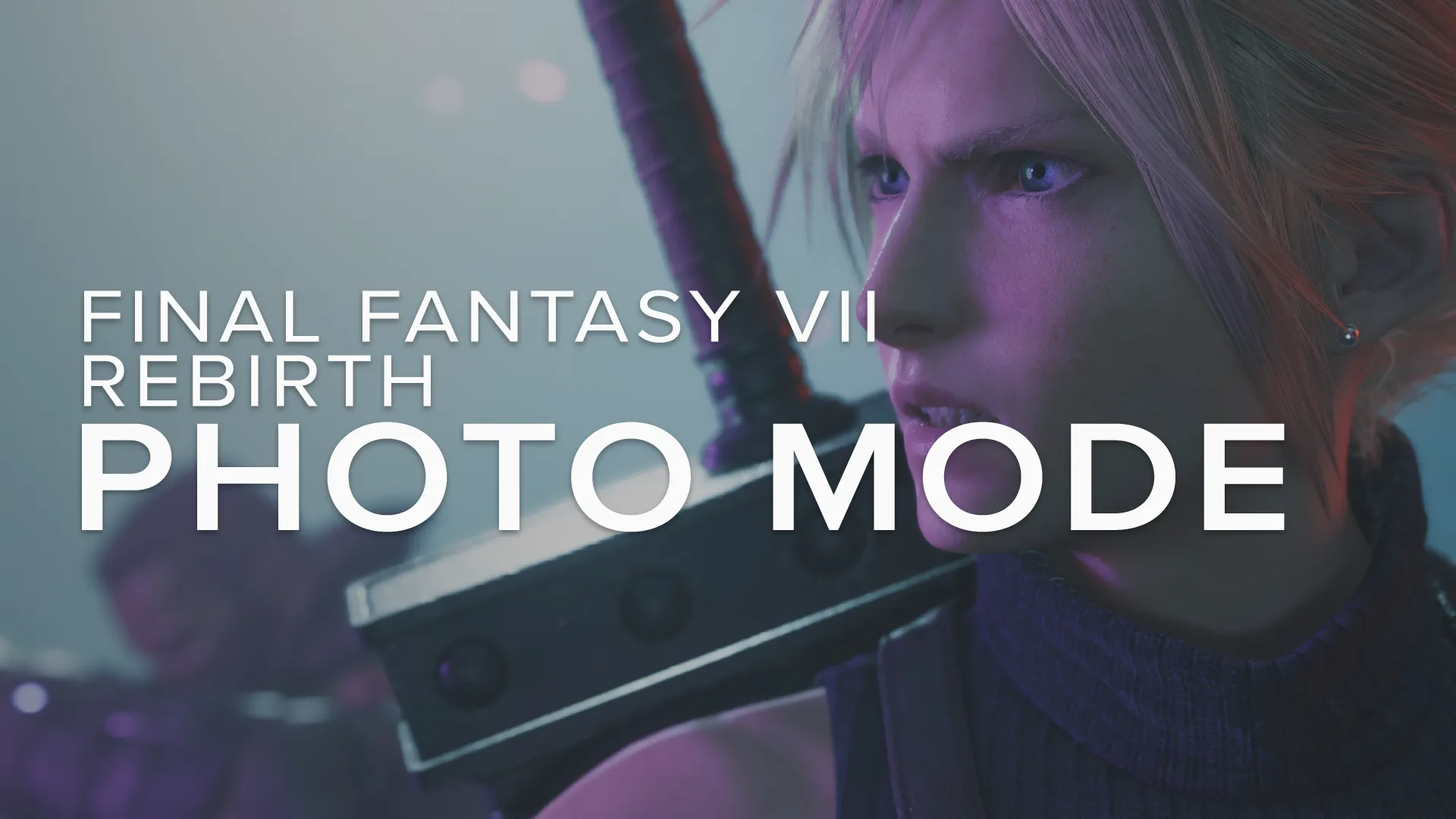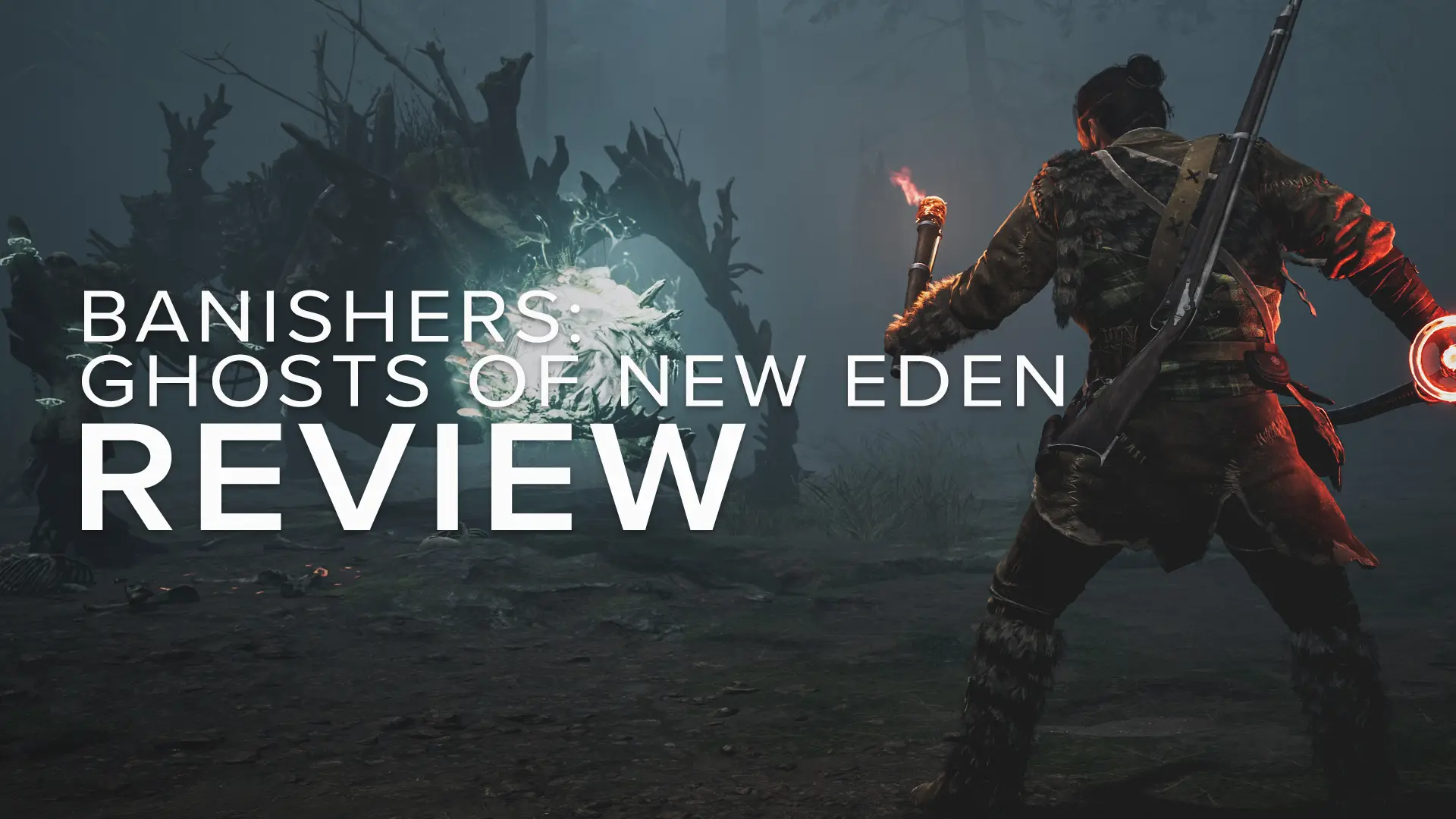
As consumer-level photo modes have boomed in popularity over the last 5 years or so, capture art and virtual photography have evolved from being an industry-oriented source of promotional material, into a standalone digital art form that is open and accessible to more people than ever before.
This internal heritage does mean that the tools used to capture images from video games have traditionally been based on behind-the-scenes elements like debug cameras and the inherent functionality of the underlying game engine, rather than being designed with a particular end user in mind. As the in-house tools crept across into the first waves of photo modes, it has been common to see wildly varying implementations from one photo mode to another. Tools that are usually functional, but not exactly tailored to a creative user experience and quickly fall short of the expectations of a rapidly evolving virtual photography audience.

- BE BETTER // GOD OF WAR -
In many ways, it has been reminiscent of PS2-era first-person shooters, when development studios had seemingly not yet realised that it made sense to align on common input conventions and each game would control differently. The button for crouch in one would instead throw a grenade in the next; a problematic concept that anyone who has switched photo modes will surely be familiar with as their muscle memory for hiding the UI suddenly finds the button that exits the composition unceremoniously.
There has been plenty of progress though, and studios are certainly starting to treat the photo mode camera as a main feature rather than merely repurposing a game camera with a filter & capture UI, but there is one particular element that still gets overlooked all too often, and that is the dreaded tethered orbit method of camera movement.

Drastically reduced freedom...
I say dreaded because, as with most creative processes, greater freedom nurtures artistic output and the same absolutely applies to virtual photography where the ability to compose a unique perspective on the scene is arguably the most important aspect. Whereas a photo mode camera that uses a freely movable truck, dolly & crane setup complimented by 360° pan & tilt enables users to explore angles and composition with intuitive ease, a tethered orbit drastically reduces that freedom.
Wondering what the difference is between truck & dolly or pan & tilt? Check out my camera movement guide now...
- CAMERA MOVEMENT // GUIDE -
Not to be confused with a camera bounding sphere, which simply limits the range in which you can move a free camera, an orbit involves a camera that rotates in a fixed circular path around a central anchor point, typically the playable character. While this is something that works just fine during gameplay, where the character is mobile and the orbit shifts the player's view, entering a photo mode almost always means that the character is locked in place and the tethered camera becomes immediately encumbered by an unnatural restriction on both its movement and direction of look.
What should be a simple task of just panning the camera left or right, as you would do by turning your head, becomes an uncomfortable and unintuitive mess of swinging the camera around a strategically placed character just to achieve line of sight in the direction you want. It is akin to having the camera on the end of a huge selfie-stick, only with you being at the end with the camera while the character hold the stick! Needless to say, not something that you would ever encounter with a real camera.
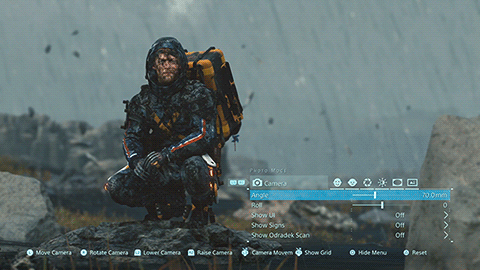
Collision detection along the tether...
Of course, many development studios realise this too, and we have seen various attempts to alleviate the inherent problem of using an adapted third-person game camera as a creative tool. High profile photo modes such as Death Stranding, Cyberpunk 2077 and The Last of Us Part II all try to add freedom to their restricted camera orbits by including a degree of truck & dolly movement on the camera, but this never solves the problems of not being able to move past or look away from the character's position.
More inventively, Bend Studio took the novel approach of letting the Days Gone orbit be switched from Deacon and onto the nearest NPC, enemy AI or even passing animal with a single click on R3. This approach undoubtedly increases the creative possibilities in that particular photo mode, but still doesn't actually solve the root cause of the problem. The fact that it is simply not always desirable to point the camera in the direction of the character, even if it is a different character to the one you were controlling in the game.
Ultimately, each of these solutions are merely workarounds that try to mask a known shortcoming and in each case they still suffer from the compositional limitations of a camera that is fixed at one end, whether that is a simple inability to achieve ground-level shots, difficulty getting the camera where you want it, or frustrating issues with collision detection along the tether length.

All hope is not lost though and, if there is an example of cleansing the orbit camera stigma, it has to be in Sucker Punch who have perhaps produced some of the best and worst solutions as they bookended PS4 photo modes with inFAMOUS Second Son and Ghost of Tsushima. While inFAMOUS featured camera controls that quite literally lived up to the game's name by unintuitively pairing southpaw directional look with a tethered orbit while having one inverted and the other not, the studio thankfully reached a much more elegant solution for Ghost of Tsushima.
Although their latest photo mode did initially employ a typical orbit mode, as evidenced in the early preview, the studio learned from their experience and feedback to come up with something altogether more versatile and user friendly. Technically speaking, the Ghost of Tsushima camera IS still a tethered orbit, but by making it rotate around its own freely movable location rather than the character, the restriction is removed and Sucker Punch demonstrated how simple it can be to "fix" the usual limitations with one swift katana-like blow.

- MOBILE ORBIT // GHOST OF TSUSHIMA -
So why doesn't every game use a similar solution, or just have a photo mode with camera freedom from the start? Well, partly this can come down to the importance placed on the feature by any particular studio, but also the number of years spent of the development of a large modern video game. Many recent projects began before the significance of virtual photography had become apparent, and their photo modes evolved late in the cycle; what might be a straightforward adaptation for one game / engine can be a non-trivial task in another.
The real game changer when it come to the inclusion of creative camera tools is experience, or maybe a little inspired forethought, things that Insomniac Games have so adeptly shown. Not only have the studio behind Marvel's Spider-Man and Ratchet & Clank managed to develop some of the most comprehensive and technically accomplished photo modes, boasting features such as an industry-leading 3-point lighting system, but they also took the unique approach of enabling both free and orbital camera modes from the UI.
- FREE & ORBIT // R&C RIFT APART -
Now, you might be asking "if an orbit camera is such a bad thing, why include one at all?" The truth is that the orbit path can be useful for conveniently exploring different angles on the character with a single input, especially in the context of all-action superheroes, but it really still comes back to the importance of creative freedom. By making orbit mode optional, Insomniac retained its occasional use for anyone who wants it, while simultaneously keeping the main camera movement free for unhindered composition.
So how do you fix orbit camera? Many have tried and, while some solutions do work, it is clear that retrospective fixes are not ideal, either for the creative user or for the developer. The bottom line is that freedom is key and no photo mode will ever benefit from being limited to a tethered orbit camera. The good news is that as the art of virtual photography keeps growing, more studios are aiming to get their photo mode tools right in the first place and it is only a matter of time before concerns like this are a thing of the past.

- SPIDER_MAN // MILES MORALES -



